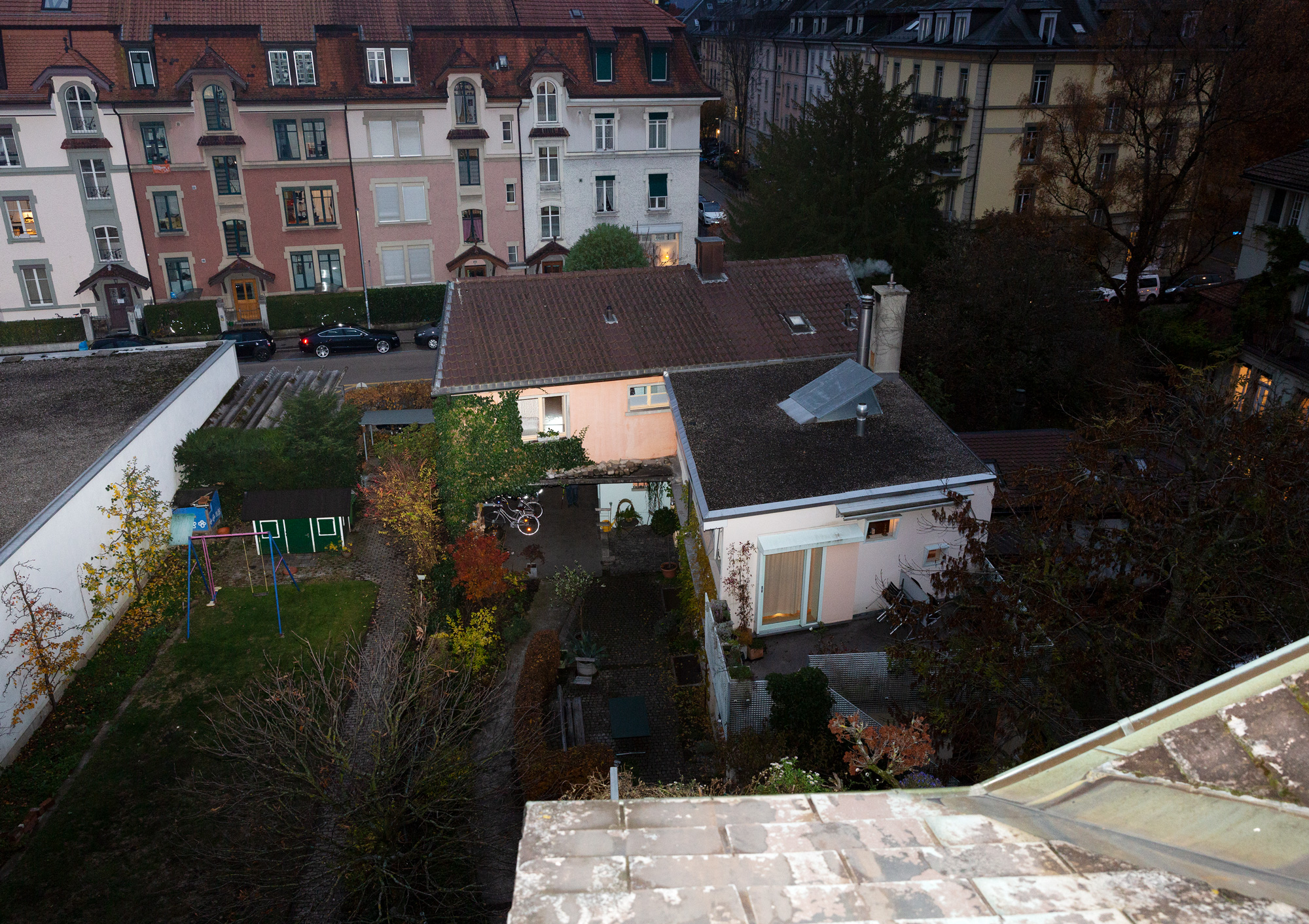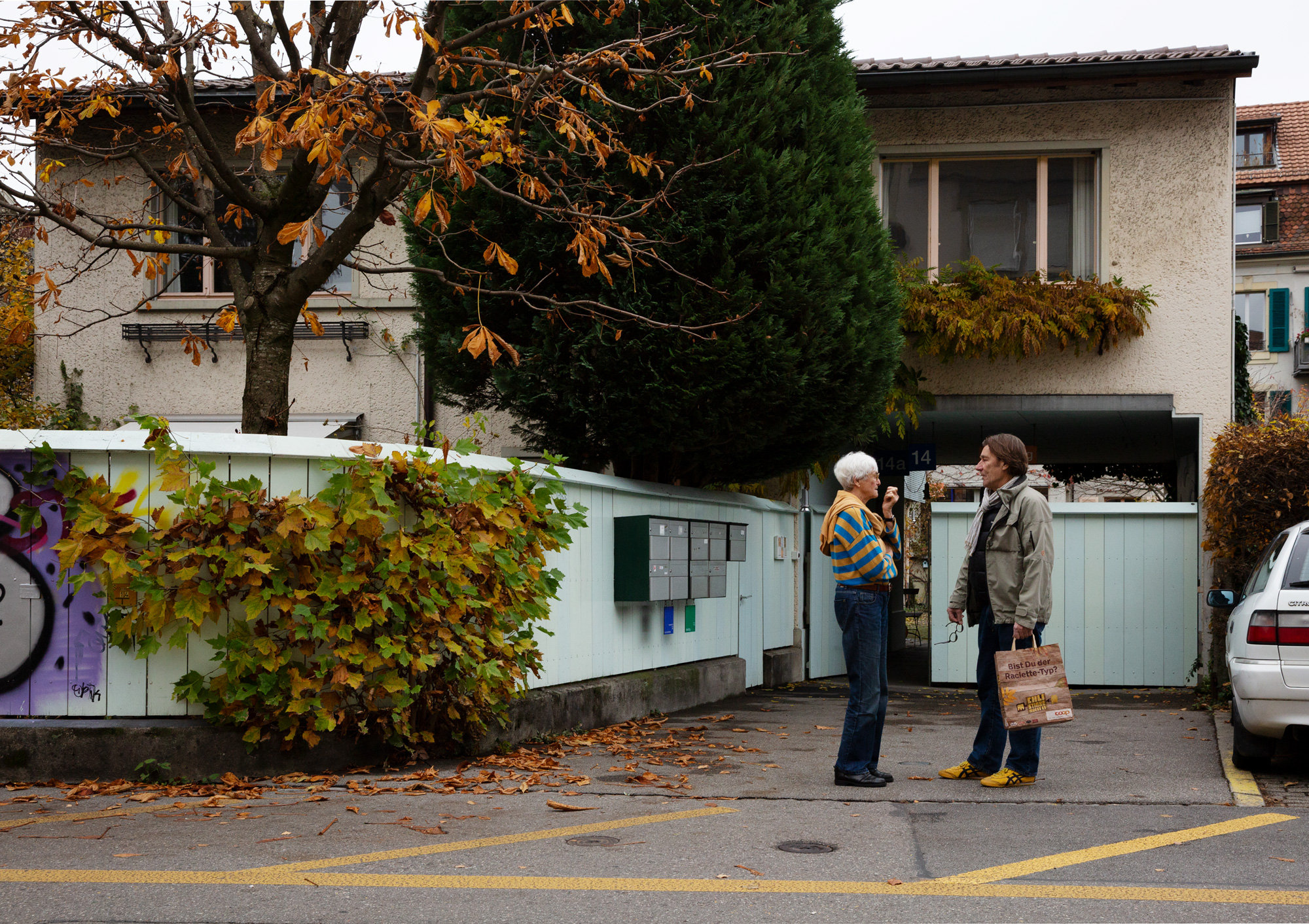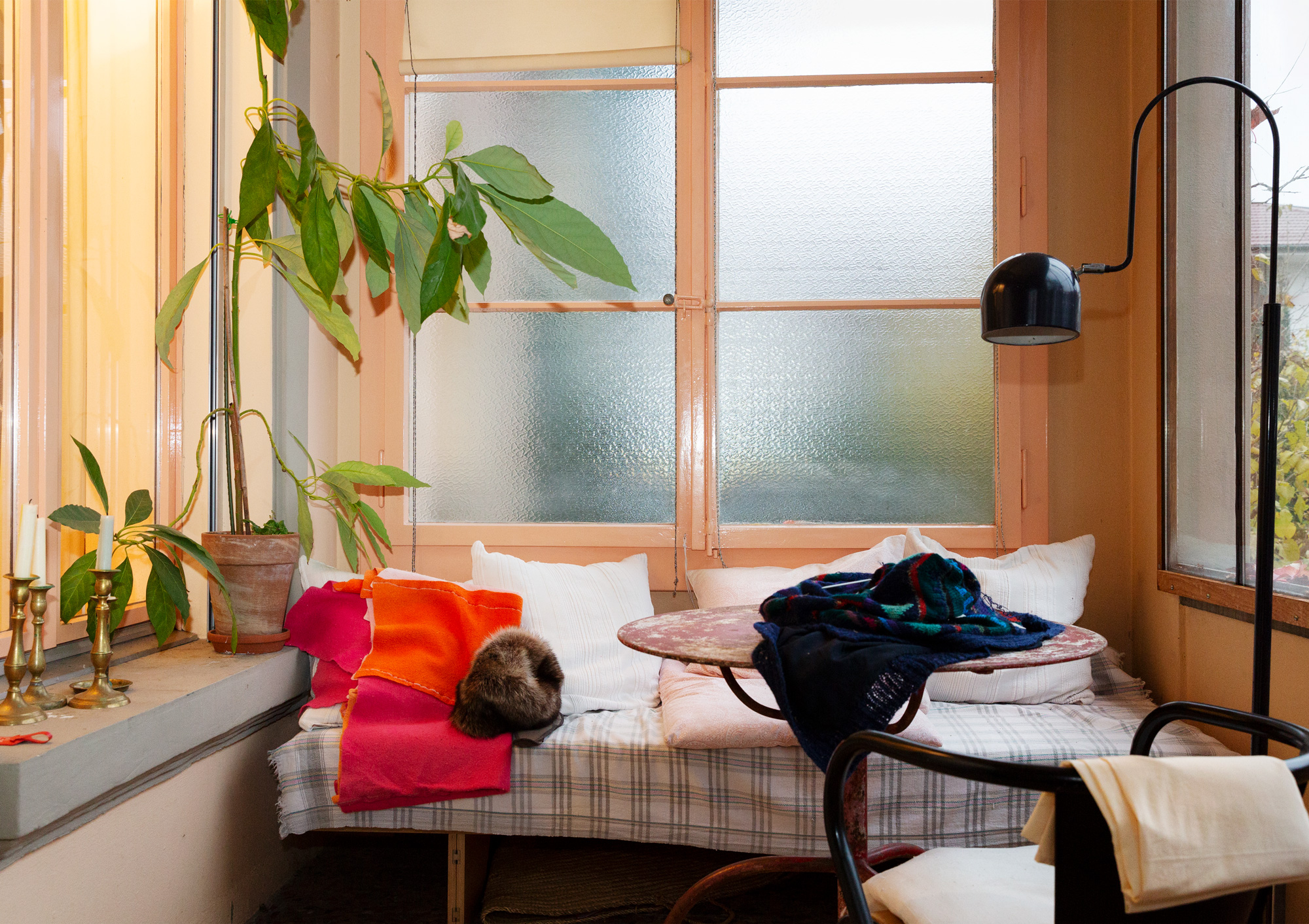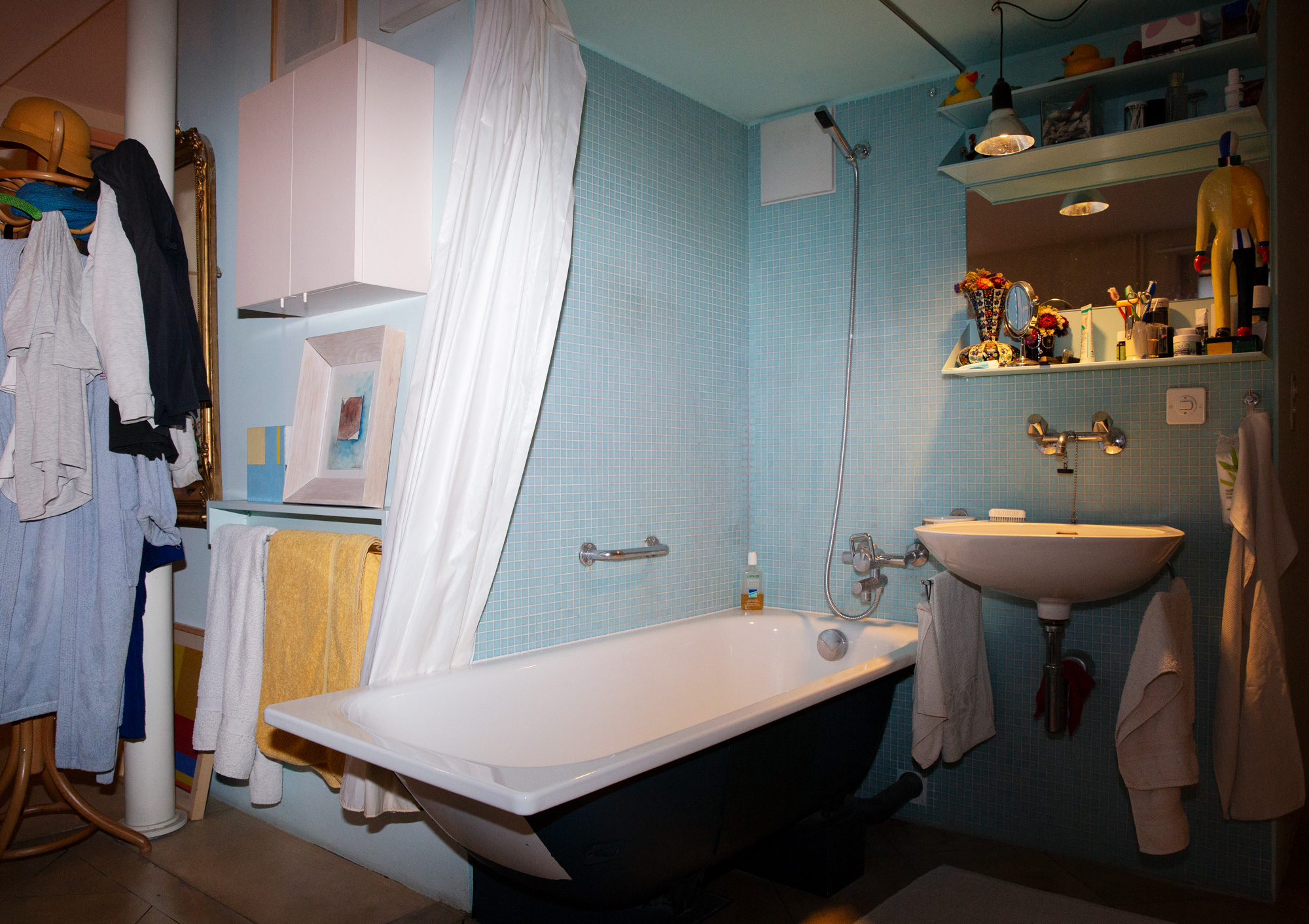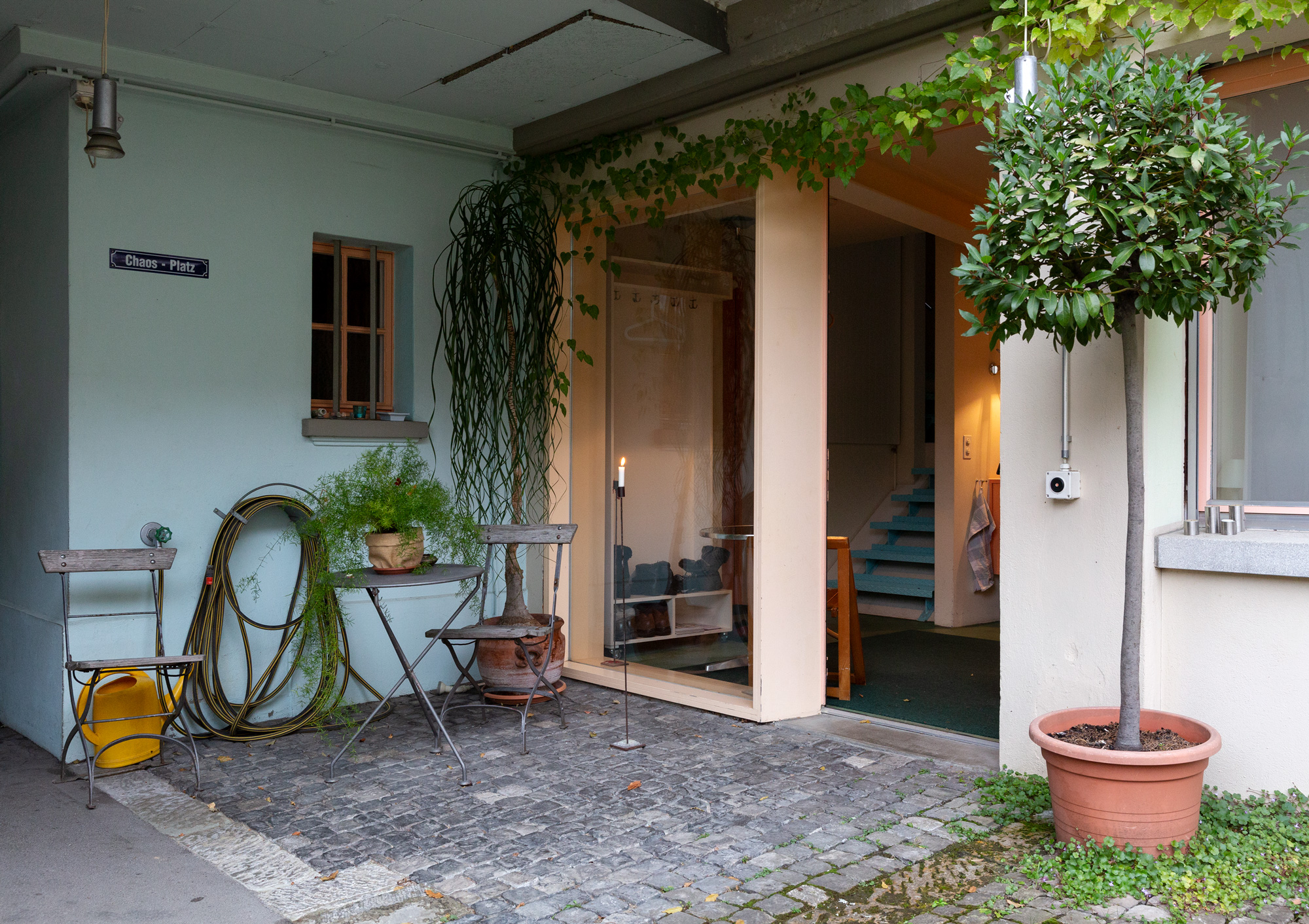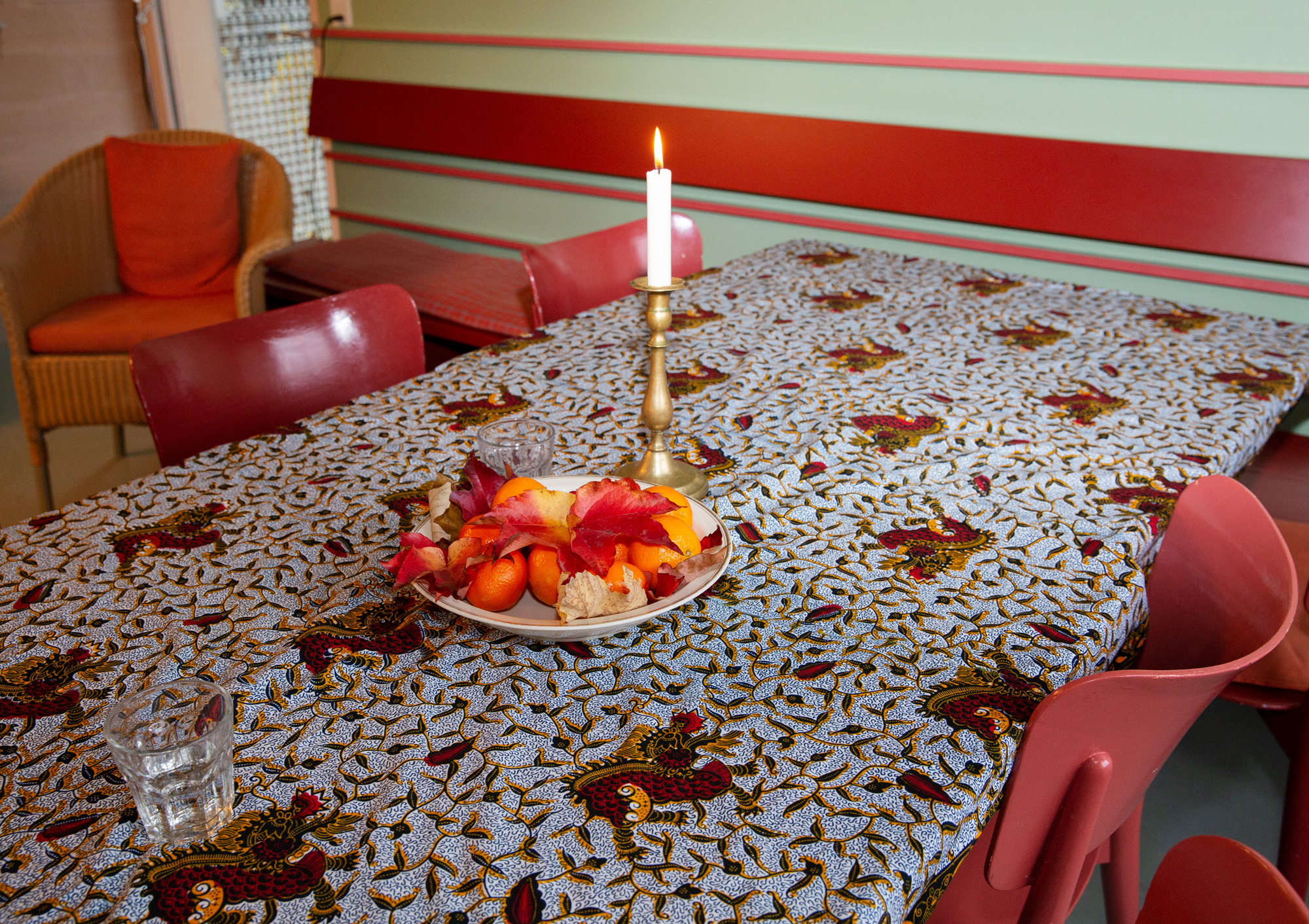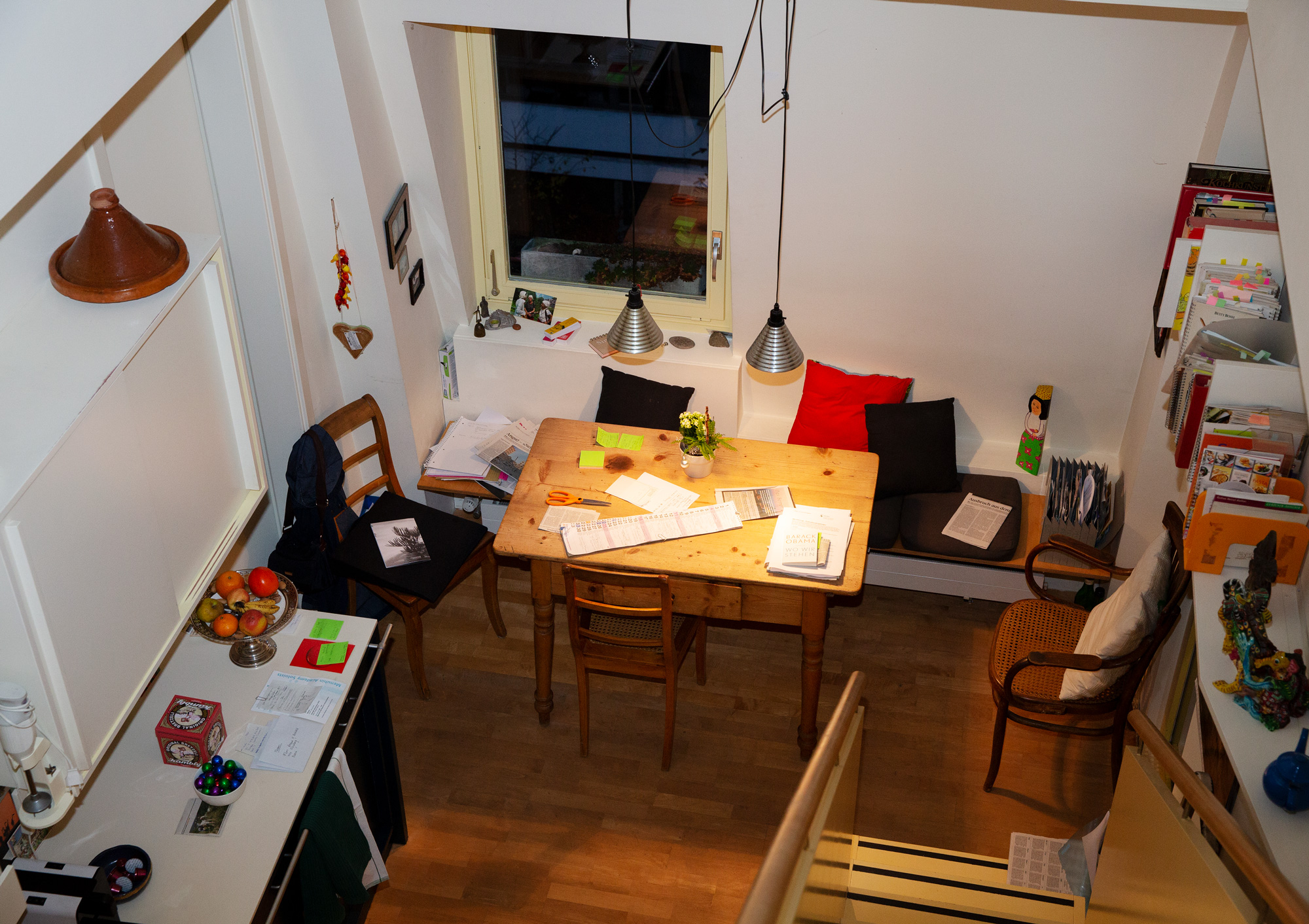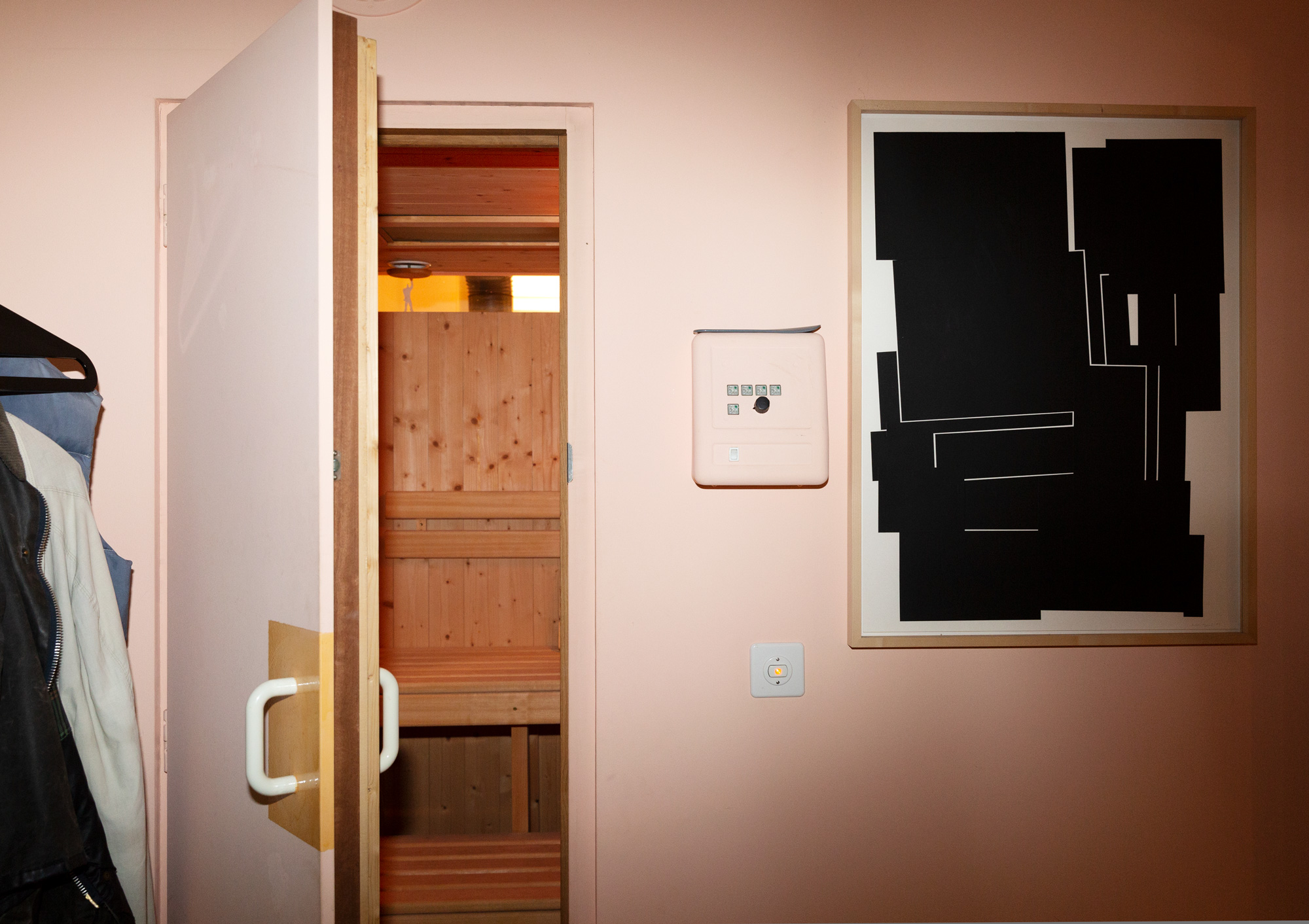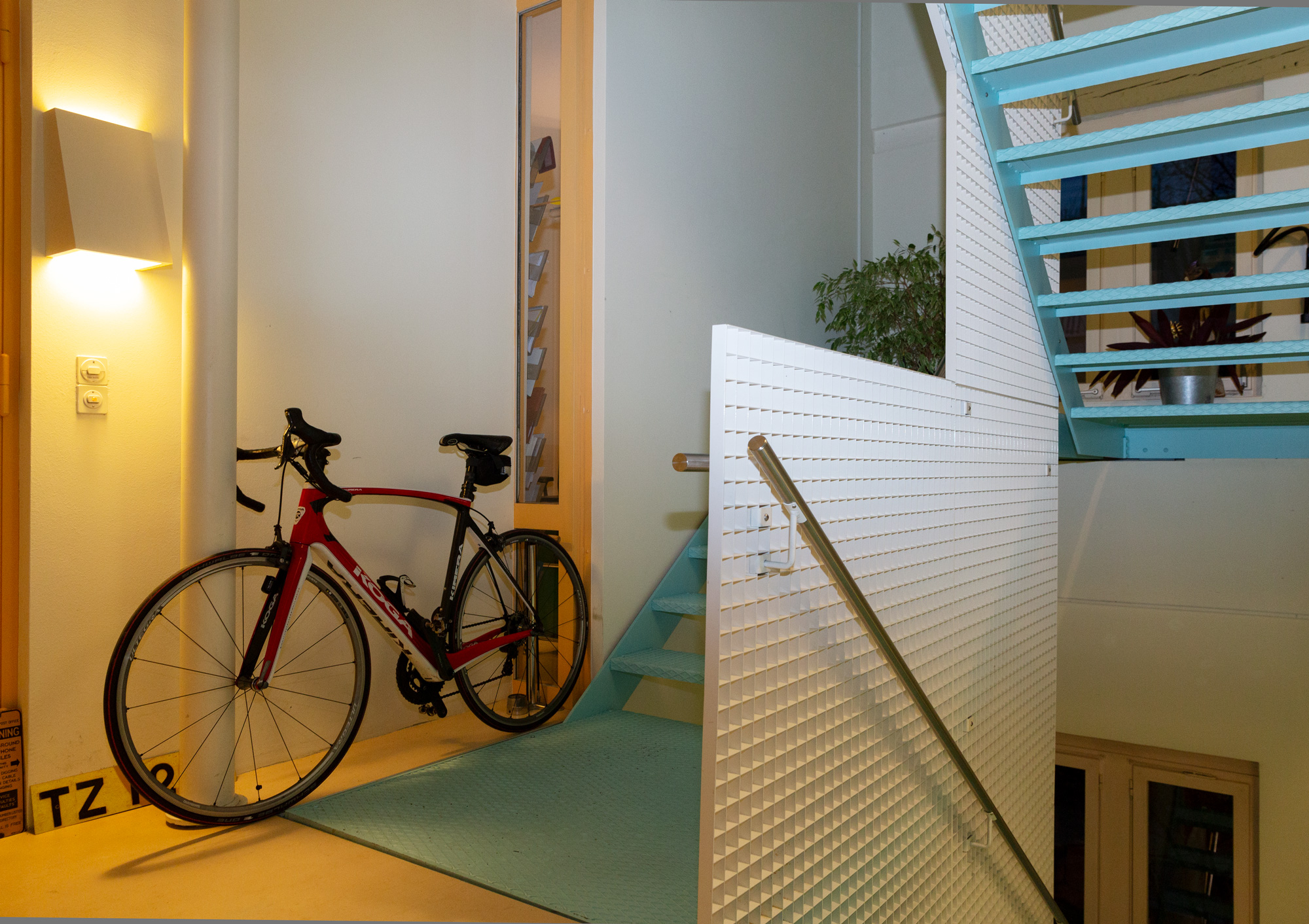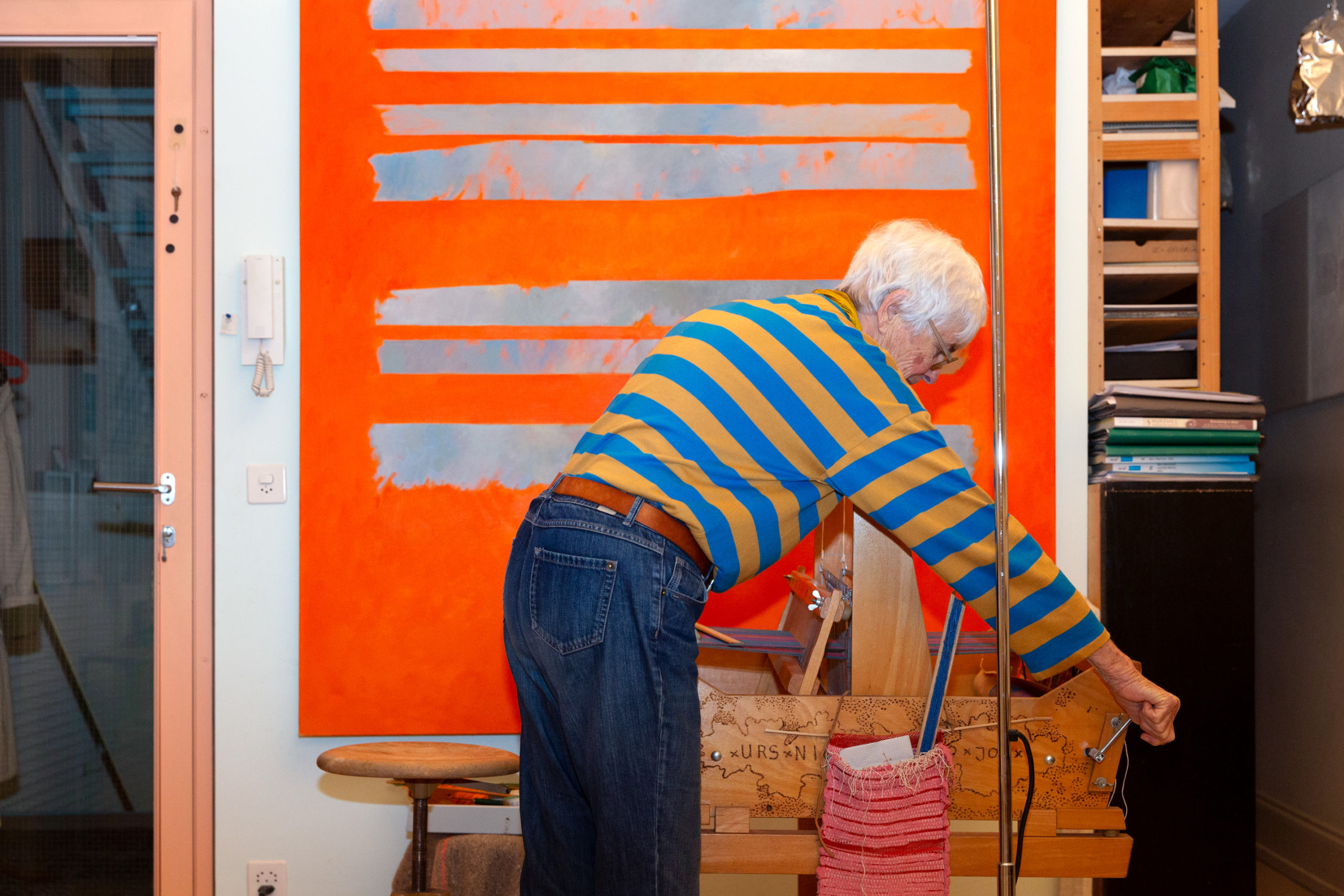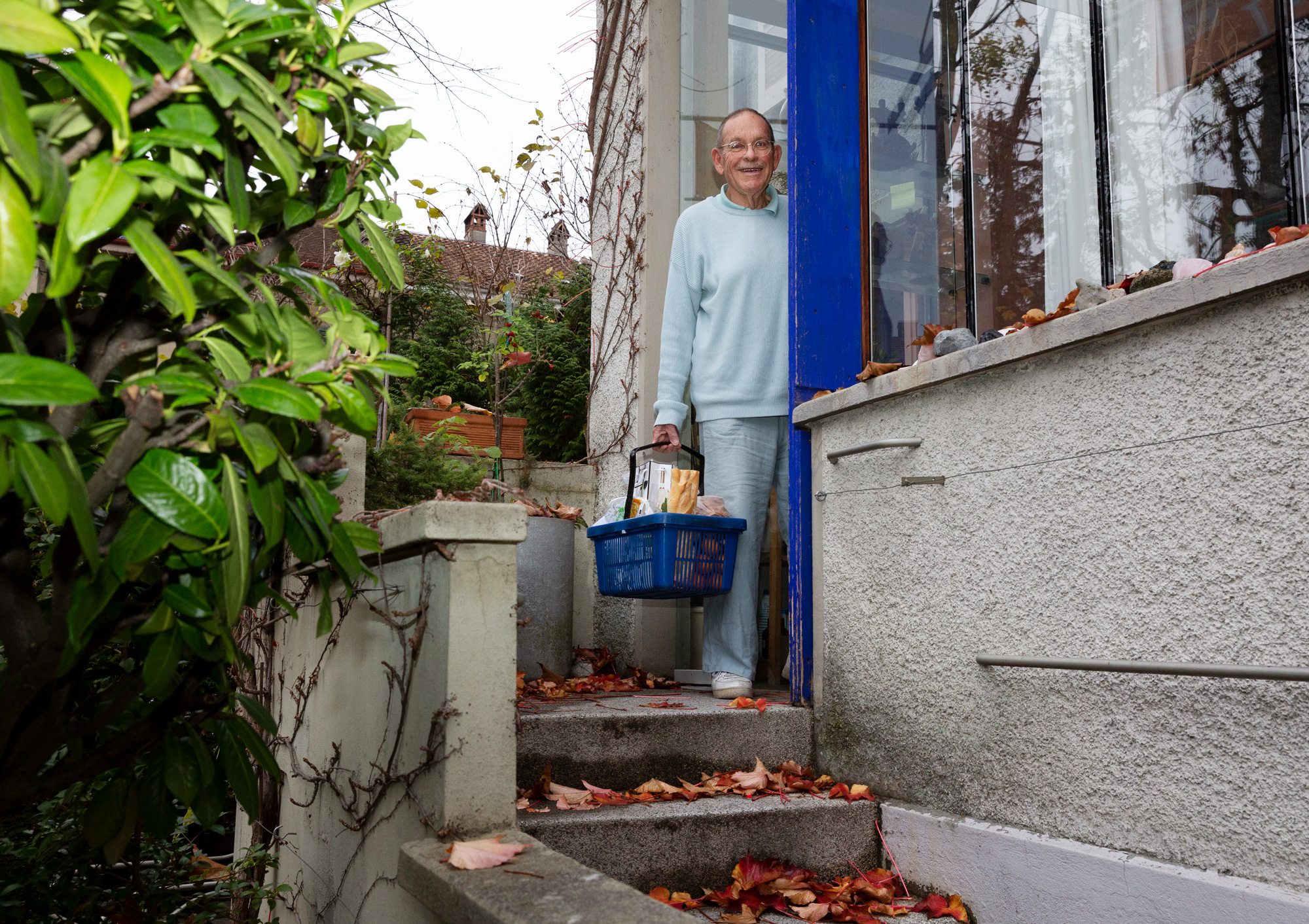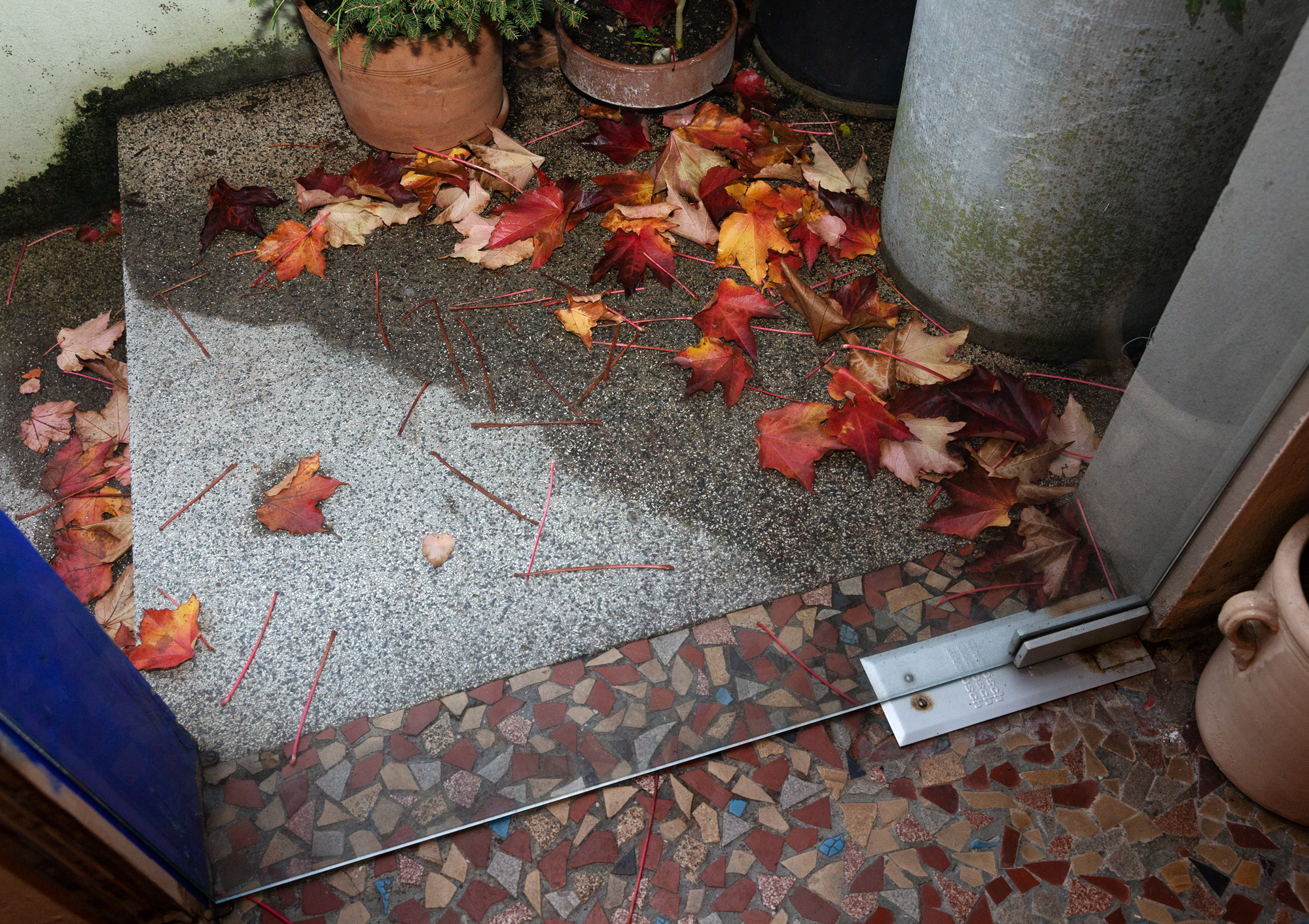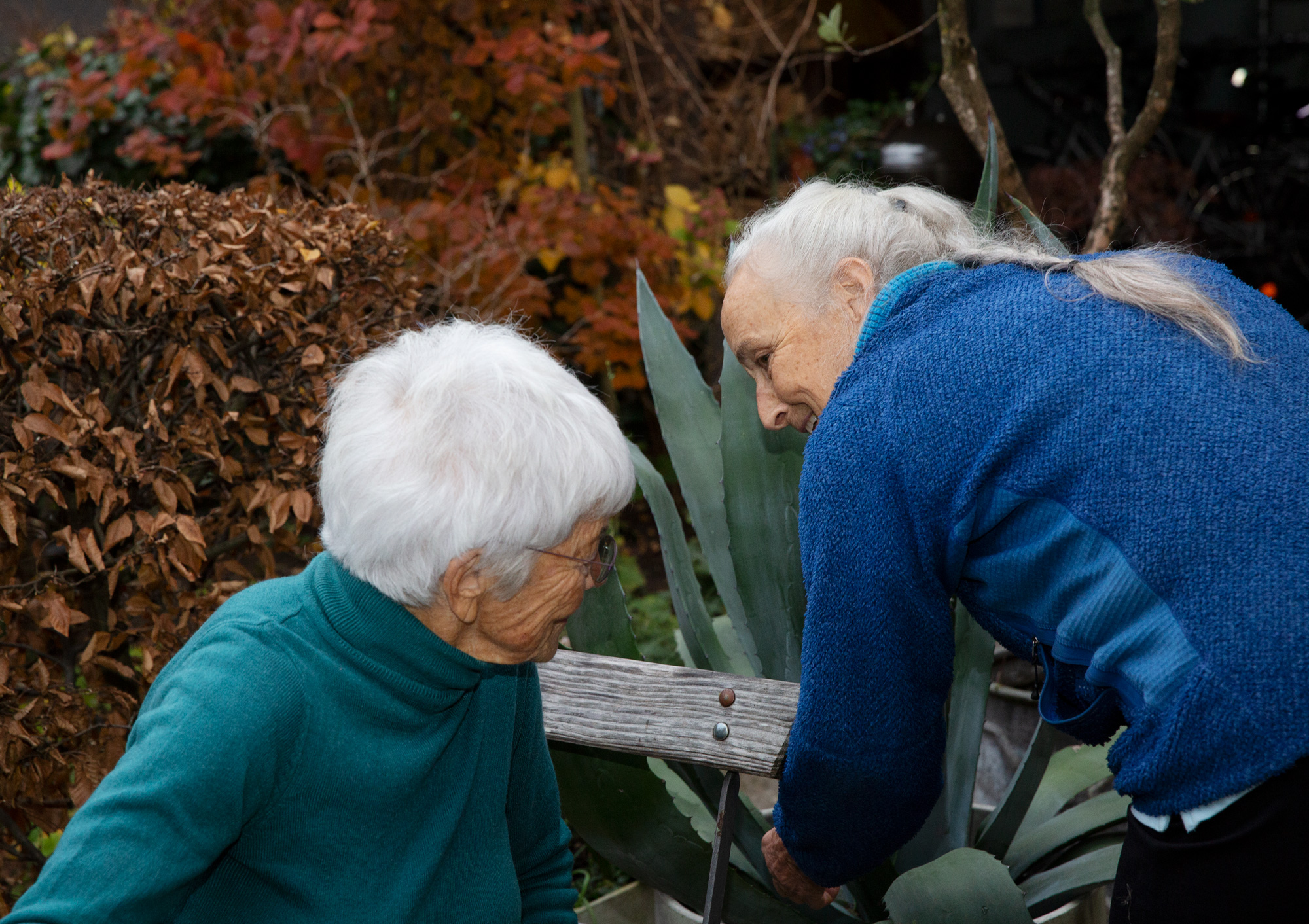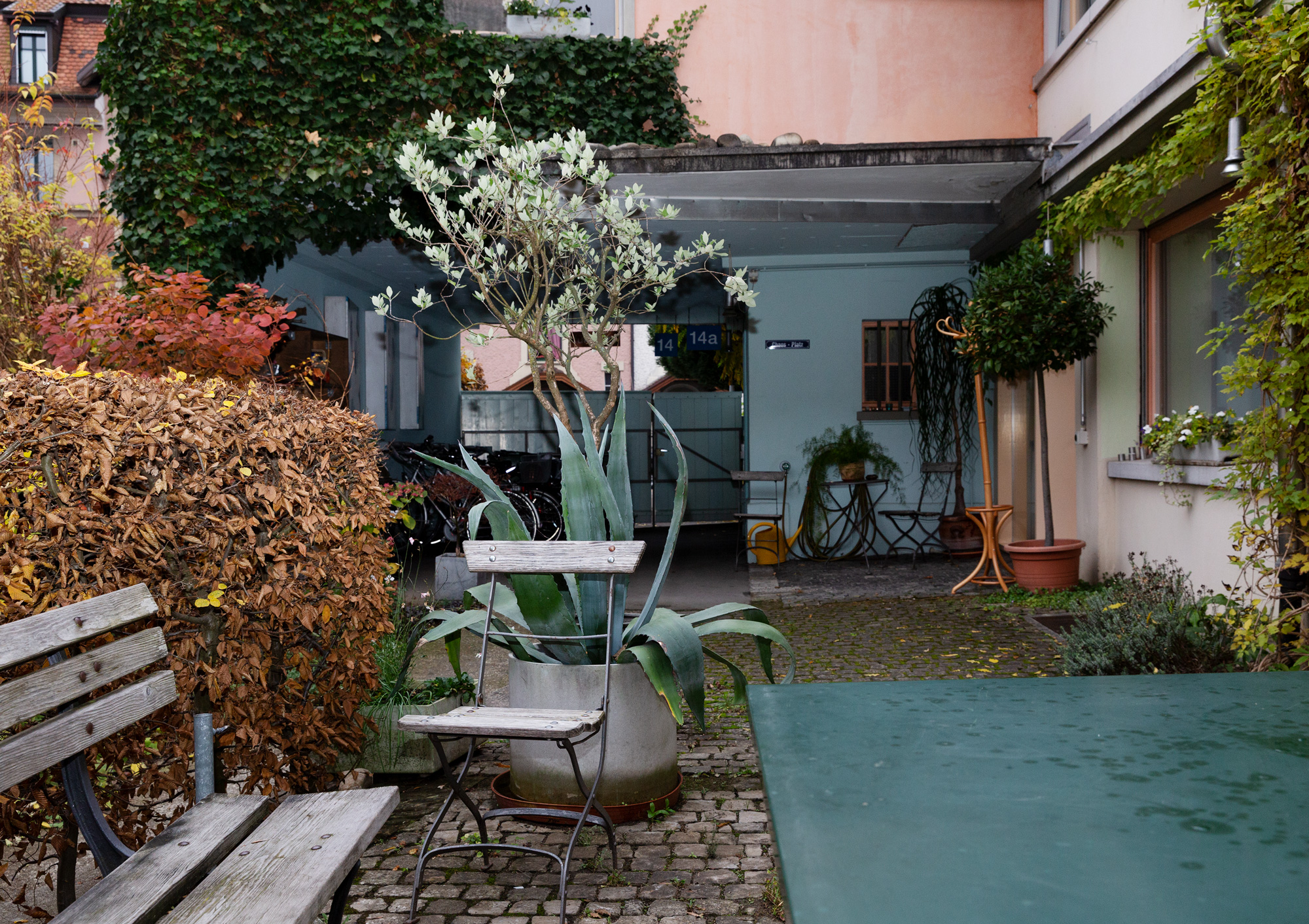Rainer Brenner • 27.11.2018
Visit to the füfefüfzg communal household in Bern
«We don’t shun the subject of ageing, but also don’t make it our top priority.»
How to live when we are older?
The füfefüfzg community took on this question at an early stage – and is living ahead of its time in its communal household in Bern.
Cultural institutions, trendy cafés and lively back gardens: The colourful Lorraine district in Bern is home to many such oases. One of them opens up to us behind a white fence, where Peter, Marcelle and Therese welcome us in a good mood. «füfefüfzg.ch» is written in large letters on a blue sign, which hangs like a flag over the house entrance. «The idea of moving into a house together came to us in the middle of the 1990s», remembers Marcelle – who is the second oldest house resident at the age of 84.
From the age of 55 onwards, the children have left home and pensions appear slowly on the horizon: The ideal time to think about the next stage of life. This is how the name füfefüfzg came about. The three founders had got to know each other on their ski trips and were all prepared to exchange their own cosy homes for an experiment in communal living. The four-storey house on the road called Schulweg offered the perfect starting point for this and the architects Urs and Sonja developed a building concept inside, which was intended to support the social idea. In 2001 the first people finally moved in and additional co-residents were found through advertisements.
Prepared for everything
There are now twelve people living here between the ages of 73 and 87. All the access points have been designed to be barrier-free and there are residential units on all four floors, which can be inhabited both as individual apartments or as a large apartment for couples or multiple occupancy. Marcelle was for example already widowed when she moved in. Until six months ago she shared her apartment with a colleague. Now the apartments are separated by a wall, but they both still live next to each other on the same floor. This means that the building is prepared for almost any alteration.
Nine of the eleven units are owned by the residents, two units are lived in by tenants – for example Therese. But this difference isn’t important here: «We want to be in a community and this is the basis of how we live together. This is why everyone who lives here is interested in not cutting themselves off and maintaining contact with the other residents.»
Welcome to chaos
The communal room called «Chaos» is at the heart of the community and at the same time forms the interface between the residents and general public. «The term “Chaos” stands for a new beginning, which seemed appropriate to us», explains Marcelle. The room is on the other side of the spacious garden in a former small office building.
We meet here regularly to talk, celebrate, discuss – and sometimes to argue as well. «Of course, right at the start we had to get used to each other. This means that we also had to accept that not everything would work in the way we were used to», remembers Peter. «But now everything runs like a well-oiled machine. Obviously there are sometimes stubborn or angry faces, above all when it comes to investments. However, in the final analysis we always manage to sort it out and come together after every dispute.»
Although an increasing number of communal residences for the elderly have been established over the last few years, this form of communal living is not a model for the general population, and Therese is convinced of that: «One has to be the type who can and wants to live together in a community. And perhaps also bring a certain amount of openness with you.»
Private sphere meets glass doors
This thought is expressed for example in the glass apartment doors in the main building: Anyone who has pulled up the blinds, lets people see into their home and invites other residents to knock on the door. «The basic idea of the architects is to create the layout of the building to provide the perfect condition for contact and yet still enough space for a private life», explains 73 year-old Peter as he lead us through the colourful staircase and introduces the other residents.
Every apartment we enter looks different and despite the relatively small amount of space still leaves lots of scope to make it feel individual: The architect couple Sonja and Urs on the first floor have a lot of art and a free-standing bath next to the kitchen. Peter’s apartment on the second floor looks homely, and the racing bike in front of the apartment door gives away the fact that at the age of 73 he is more of less the whipper-snapper in the building. «The subject of ageing actually didn’t interest me at all at that time. Only by living together with the other residents did I start to think about this subject more often. I used to give courses on the subject of retiring and have now become a bit of an expert.» His neighbour Therese, 76, lives a so-called double life: She owns a house in the Ticino, in which she spends a few months of year, living a fairly secluded life. Here in Bern she lives as the tenant in Peter’s neighbouring apartment and has an urban life close to her son and his family. Although Marcelle has the best view on the top floor, she would sometimes prefer to be a bit lower down to meet people on the staircase and have a chat.
After us something new
Even if most of the residents are still very mobile and are out and about for most of the day, it has started to «cloud over» a bit over the last few years, thinks Marcelle. She walks with a stick, another resident has Parkinson’s disease. One of the residents died in 2008, the first one to do so.«Age is slowing starting to affect us. But we are not frightened because we talk about it openly. They also speak openly here about subjects like care, palliative care or even “Exit”. We don’t shun the subject of ageing, but also but also don’t make it our top priority», says Marcelle.
However, it’s not the aim of füfefüfzg to continue the project as a home for the elderly. «The project will actually end with our current community», explains Peter. «If someone moves out or dies, the ownership is inherited here and new people will move in, who are likely to be younger. But this doesn’t mean that we don’t care what happens after us – just that it will be something different.»
Photography: Anne Morgenstern

